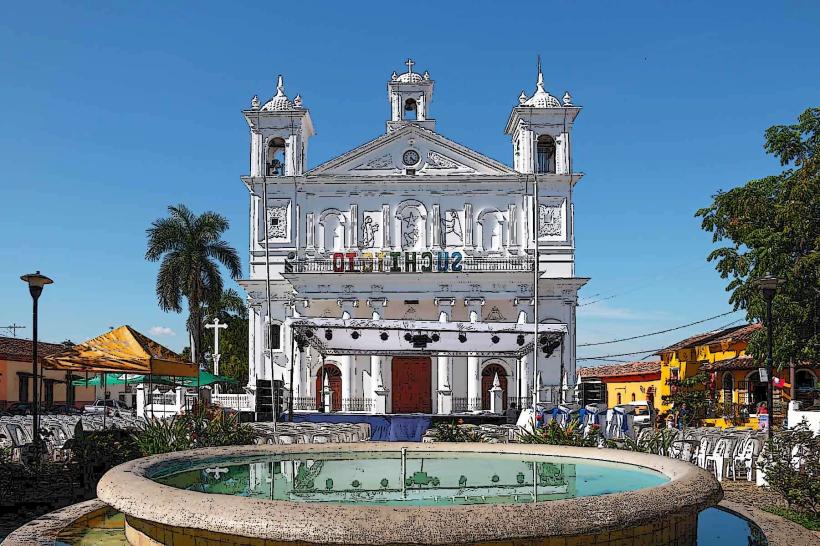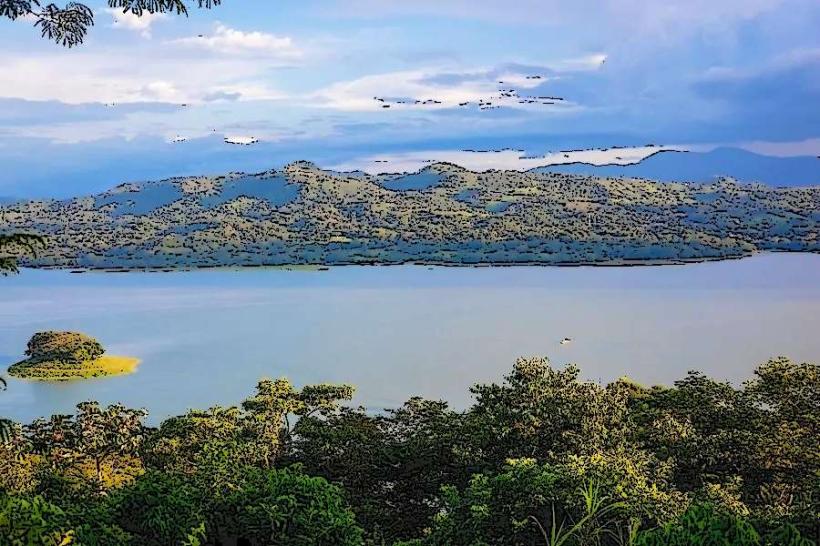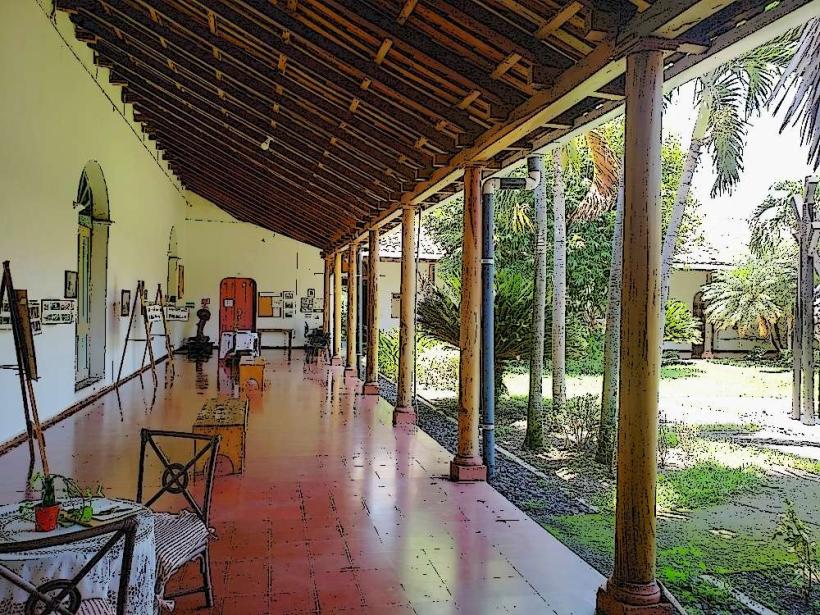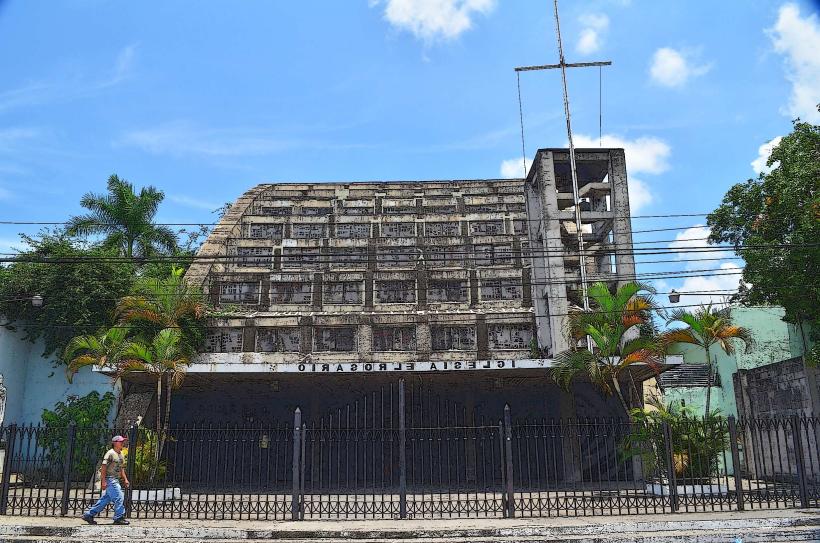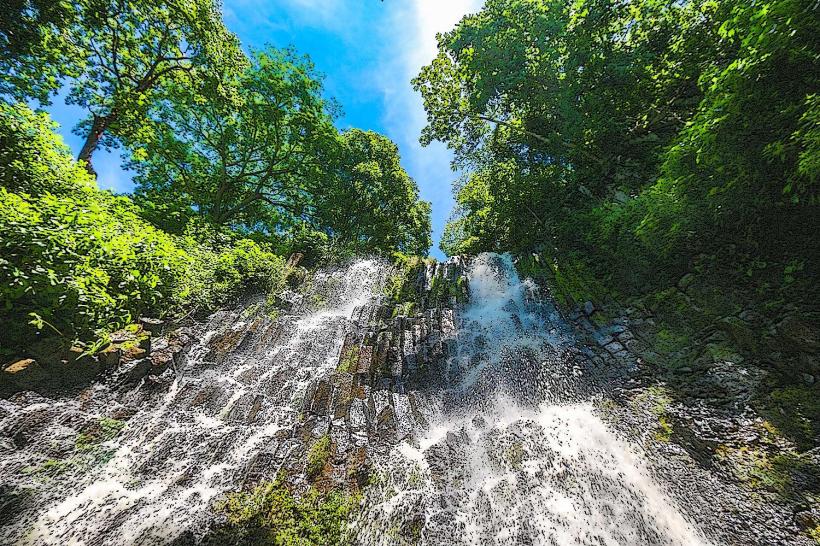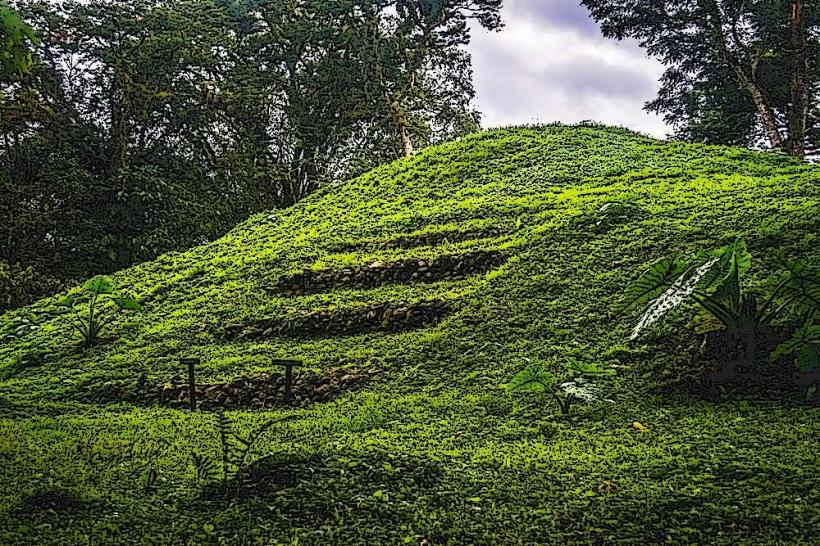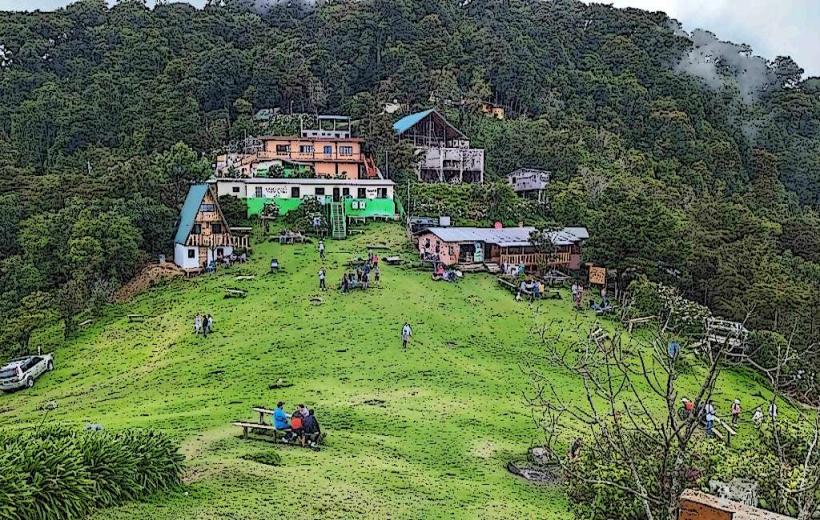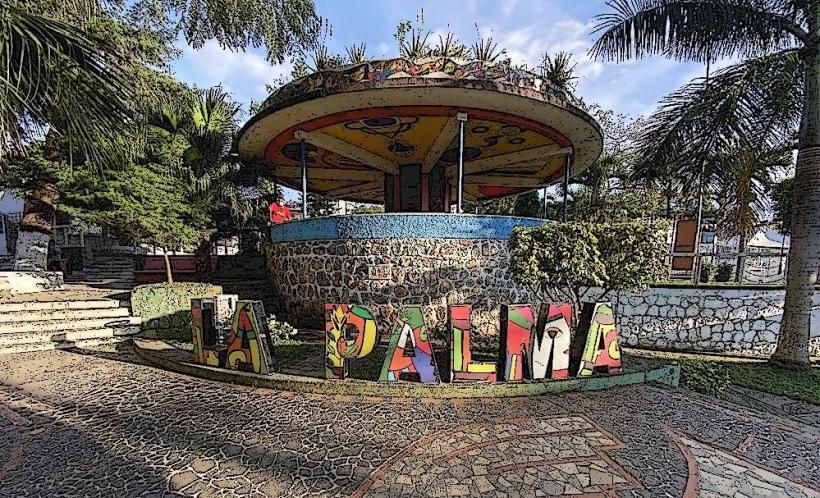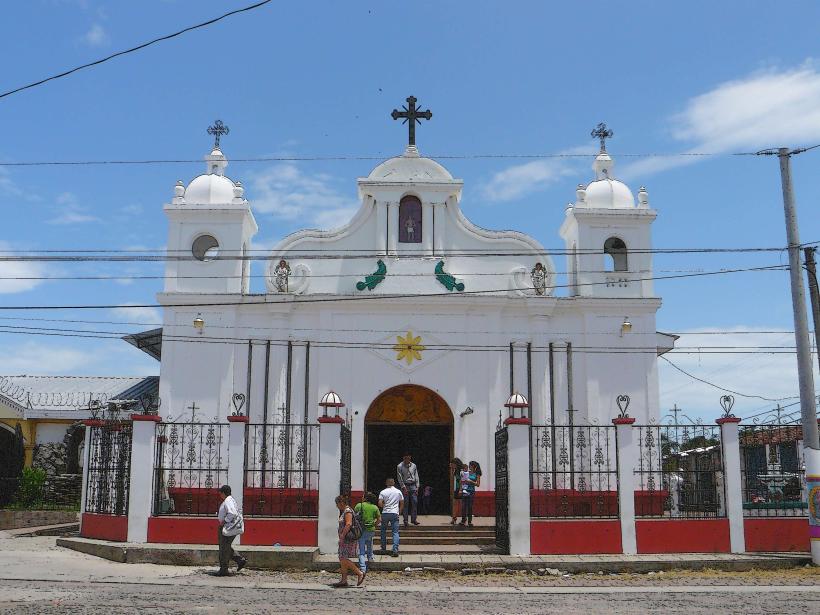Information
Landmark: Cihuatán Archaeological SiteCity: Suchitoto
Country: El Salvador
Continent: North America
Cihuatán Archaeological Site – A Pre-Columbian Legacy in El Salvador
Cihuatán is an important archaeological site located in the San Vicente Department of El Salvador, about 50 kilometers (31 miles) southeast of San Salvador, the capital city. The site holds significant historical and cultural importance, as it was once a major Maya city that flourished during the Postclassic period (approximately 600 to 1200 CE). Cihuatán is one of the largest and most important Maya archaeological sites in El Salvador and provides valuable insights into the region’s ancient civilizations.
Geographical Features
- Cihuatán is located in a valley between the Llanos de San Vicente and the Chinchontepec volcano, which gives the site a rich and fertile environment. The region is characterized by rolling hills, rivers, and lush vegetation, contributing to the area's historical role as a strategic location for agriculture and trade.
- The archaeological site itself covers an area of approximately 4 square kilometers (1.5 square miles), with remnants of buildings, plazas, and other features that reflect the city’s once-thriving population.
Historical and Cultural Significance
1. Maya Influence in El Salvador
- Cihuatán is believed to have been a Maya city that developed toward the end of the Classic period and into the Postclassic period. It is thought that the site was established by Maya settlers from the Guatemala or Honduras region, with its influence growing in the Pacific lowlands of El Salvador.
- The site shows evidence of a complex society with advanced urban planning, including pyramids, palaces, temples, plazas, and other features common in Maya architecture. These structures demonstrate the influence of the Maya civilization, particularly in terms of their cultural practices, architectural styles, and religious beliefs.
- Cihuatán was likely a commercial hub, as it was strategically positioned between the highlands and the Pacific coast, facilitating trade with other Mesoamerican cultures. It’s also thought that the site played an important role in the Maya political network, especially during the rise of the Postclassic Maya civilization.
2. Decline and Abandonment
- Cihuatán appears to have flourished between the 8th and 10th centuries but was eventually abandoned by the end of the Postclassic period. While the exact reasons for its decline remain unclear, scholars speculate that environmental stress, resource depletion, drought, and possibly external conflict may have contributed to the abandonment of the city.
- Despite its eventual decline, the ruins of Cihuatán provide a unique glimpse into the cultural and architectural achievements of the Maya civilization in El Salvador.
Key Features of the Site
1. Plaza Mayor and the Acropolis
- The heart of the Cihuatán site is the Plaza Mayor, a large open space surrounded by important structures, including the Acropolis. The Acropolis is a large temple-pyramid complex, which was likely used for religious ceremonies and rituals. It is one of the largest and most important buildings in the city and provides insight into the religious life of the Maya inhabitants.
- The Plaza Mayor is thought to have been used for both public gatherings and ceremonial purposes, reflecting the central role of community rituals in the daily life of the people.
2. Residential and Administrative Buildings
- The site features a range of residential and administrative buildings, including palaces and temples, which were used by the elite class and religious leaders. These structures provide insight into the social hierarchy and political organization of the ancient Maya civilization.
- Residential complexes contain large, open courtyards, suggesting that the Maya residents of Cihuatán enjoyed a relatively sophisticated and organized urban lifestyle.
3. Sculptures and Carvings
- Cihuatán also features several sculptural elements that have been uncovered during excavation. These include stone carvings, stelae, and other works of art that depict various gods, deities, and ceremonial scenes. These carvings provide valuable insight into the spiritual beliefs and artistic traditions of the Maya inhabitants.
- One of the most notable findings at Cihuatán is the Carved Stela, a large stone monument that was likely used to mark important events or commemorate significant figures in the community. The carvings on these stelae offer a glimpse into the historical narratives of the people of Cihuatán.
Visiting Cihuatán
1. Access and Location
- Cihuatán is located near the town of San Vicente, approximately 50 kilometers (31 miles) southeast of San Salvador, and can be easily reached by car or bus. The site is just off the Pan-American Highway, making it relatively accessible for visitors traveling from different parts of El Salvador.
- The site is open to the public and offers a chance to explore the ruins of the ancient city, including the Acropolis, Plaza Mayor, and other structures that once formed the heart of the Maya city.
2. The Museum of Cihuatán
- The Cihuatán Archaeological Museum is located near the site and provides additional context to the ruins. The museum displays artifacts and relics from the excavation of the site, including pottery, tools, ceramic figurines, and stone sculptures that offer a deeper understanding of the Maya people who once inhabited the region.
- The museum also provides information about the history of Cihuatán, its rise and decline, and its significance in the broader context of Mesoamerican civilizations.
3. Best Time to Visit
- The best time to visit Cihuatán is during the dry season, which lasts from November to April. The weather is more predictable, making it an ideal time for exploring the ruins and surrounding area. However, the site is open year-round, and visitors can enjoy the historical and cultural significance of the ruins at any time.
4. Accommodations and Services
- The town of San Vicente, located near the site, offers various accommodation options, including hotels, hostels, and restaurants for visitors. Those looking to explore the region may also enjoy the nearby natural parks and mountainous landscapes, which are perfect for outdoor activities like hiking and birdwatching.
Conclusion
Cihuatán is a fascinating Maya archaeological site that provides important insights into the history, culture, and architectural achievements of the Maya civilization in El Salvador. With its impressive ruins, including the Acropolis, Plaza Mayor, and sculptural elements, the site is a must-visit for history enthusiasts, archaeologists, and travelers interested in the ancient civilizations of Mesoamerica. The nearby Cihuatán Archaeological Museum enhances the visitor experience, offering a deeper understanding of the site's significance and the ancient Maya people who once thrived there.

